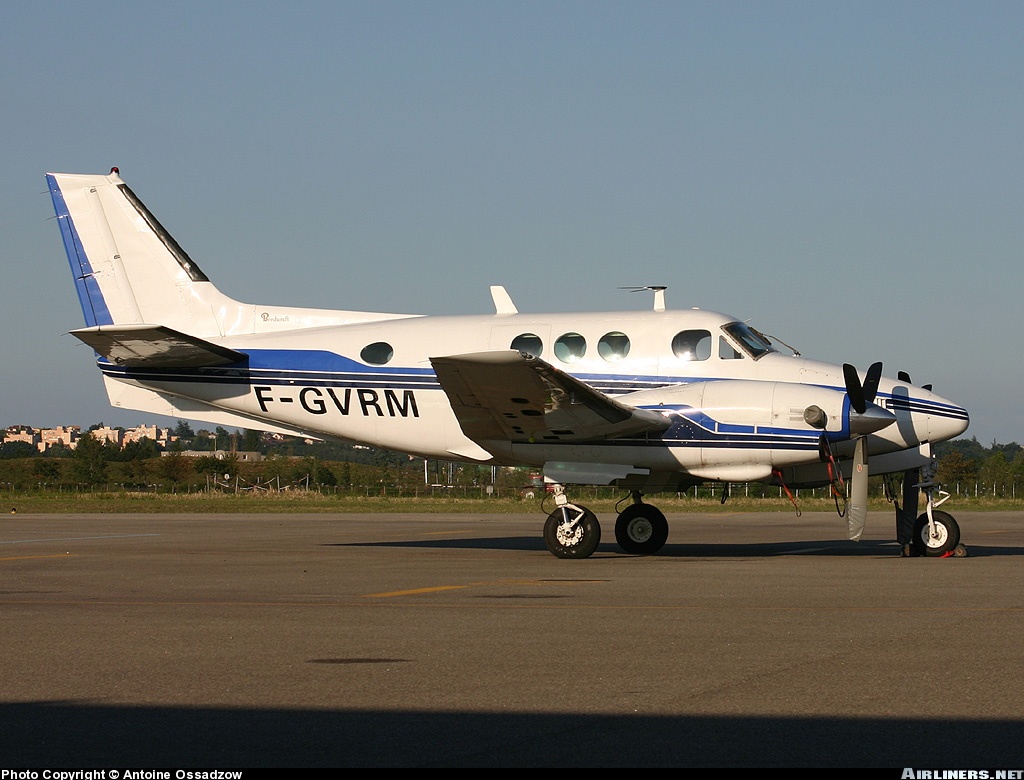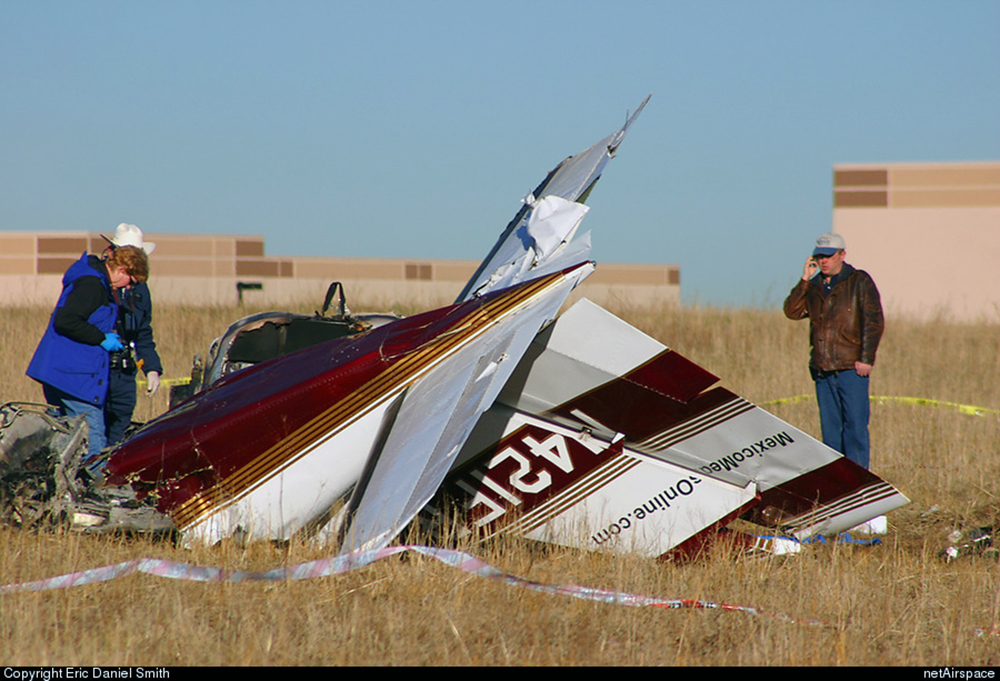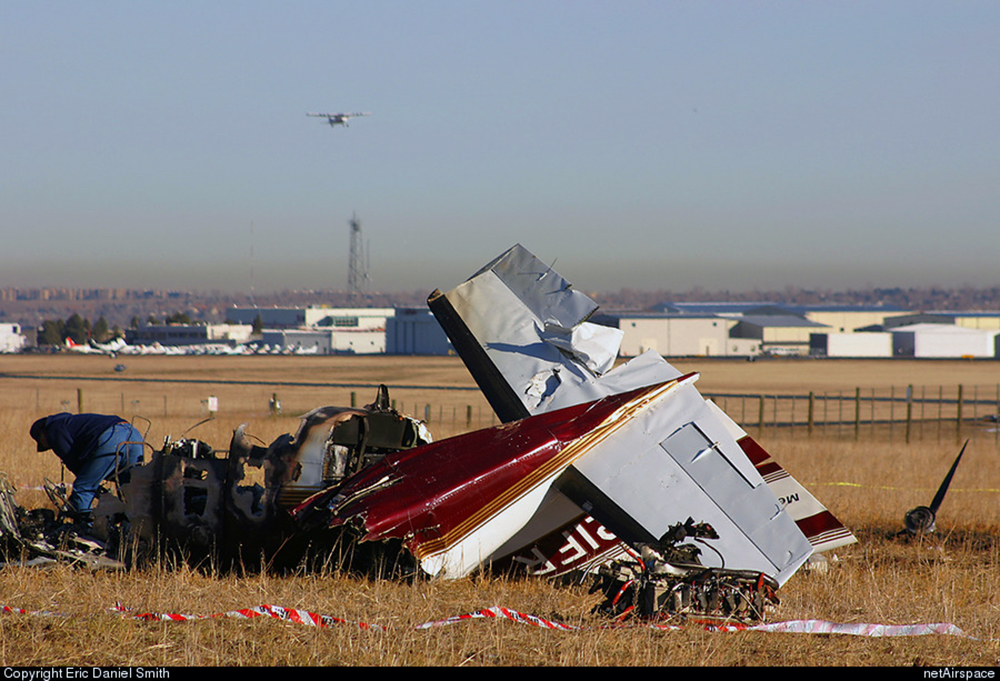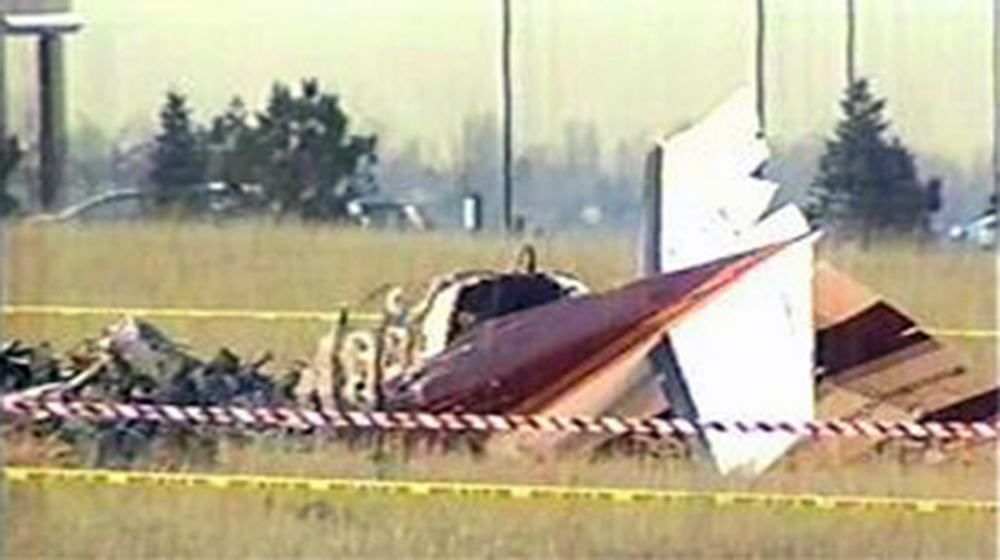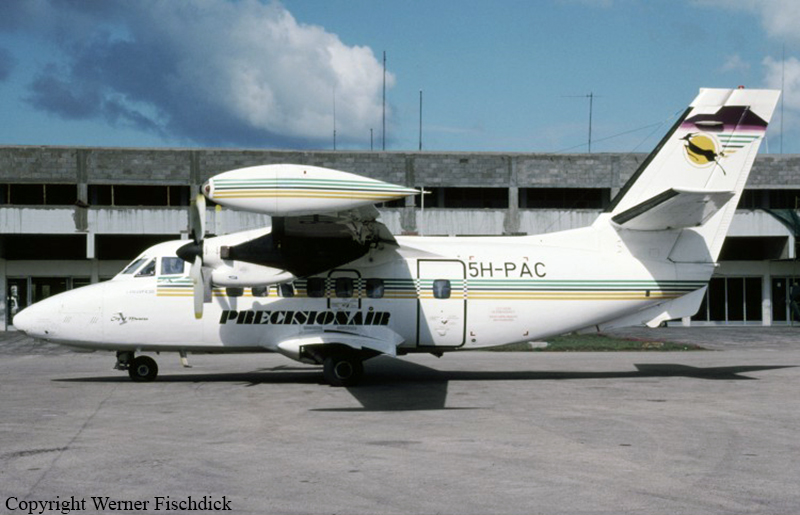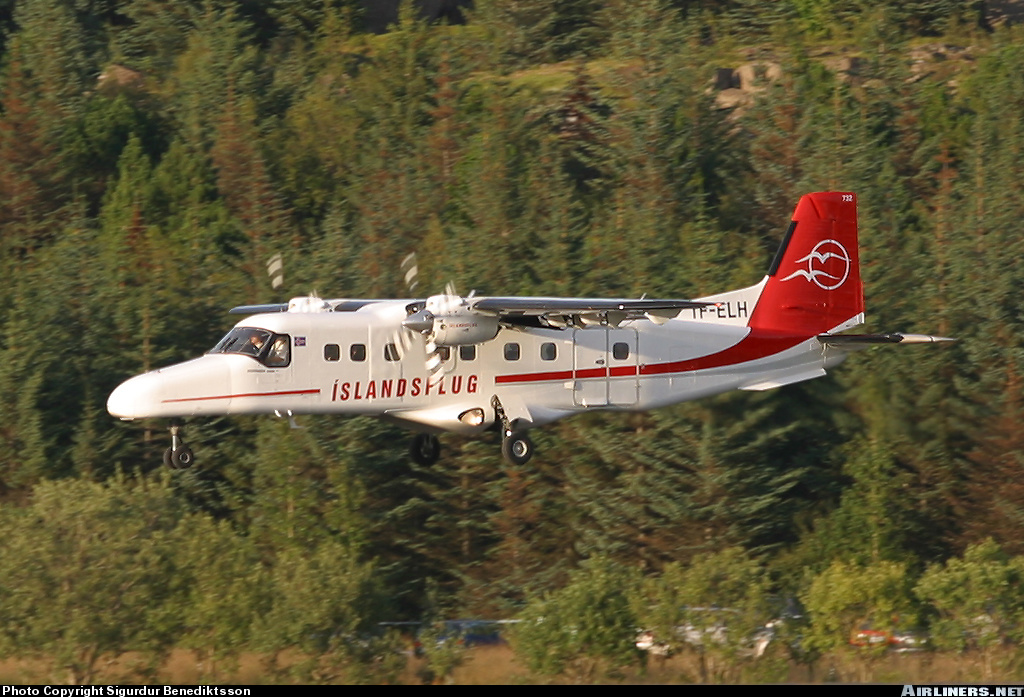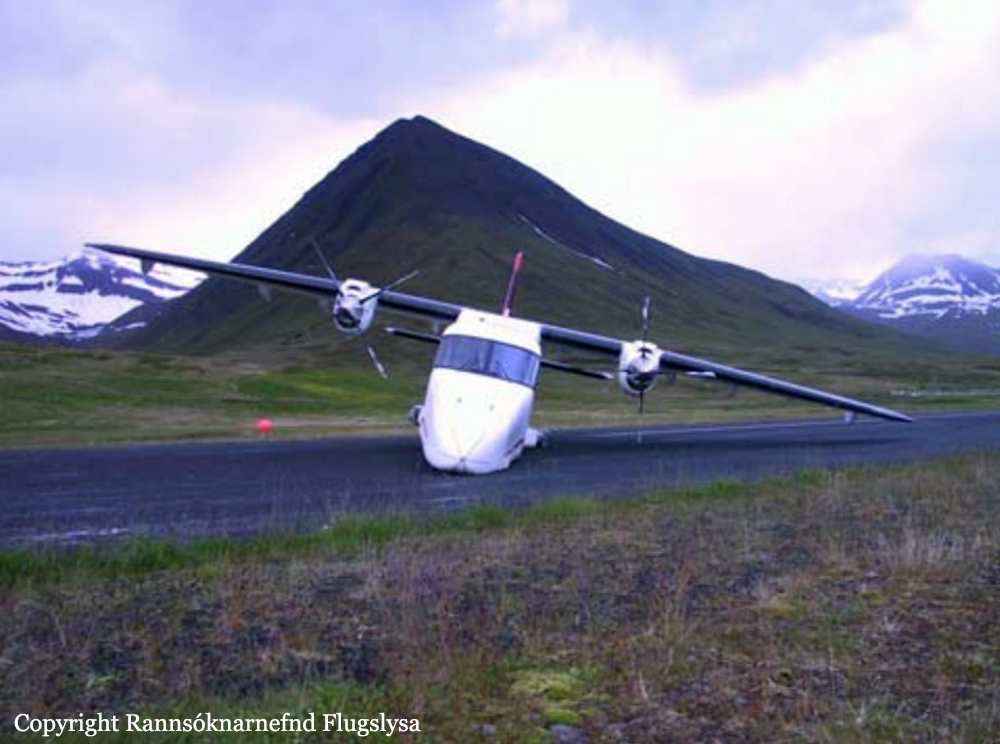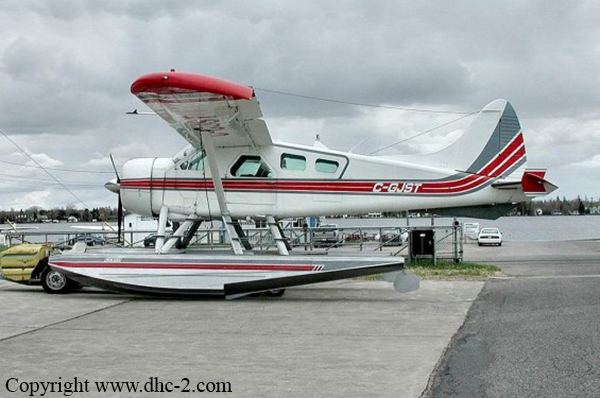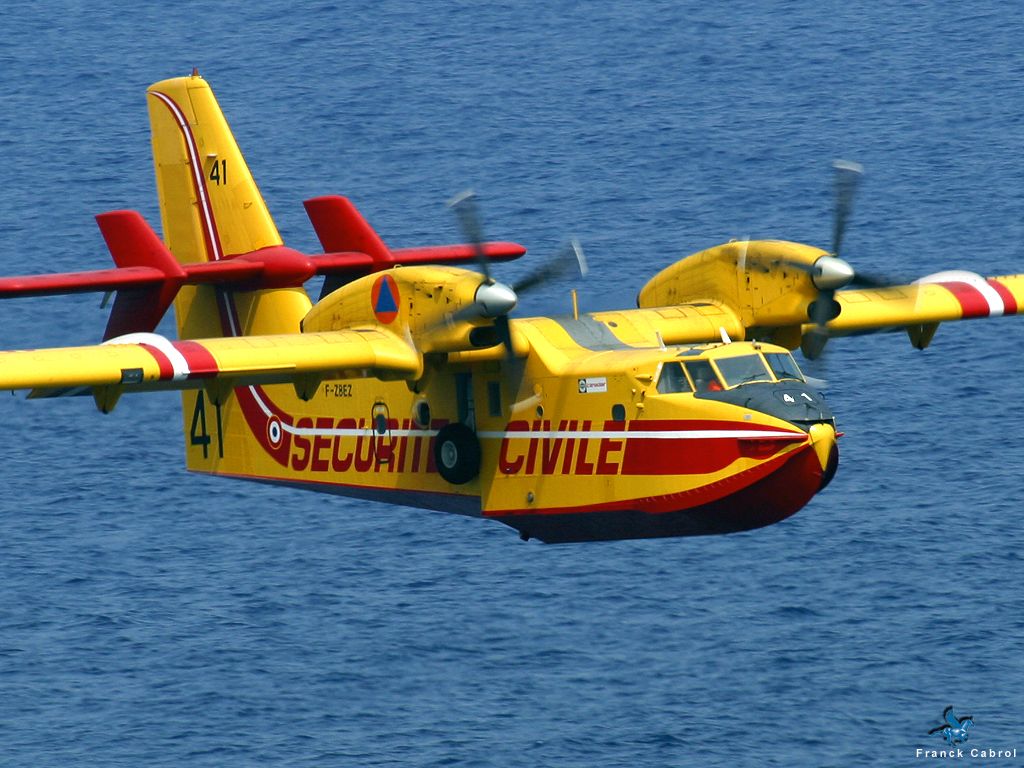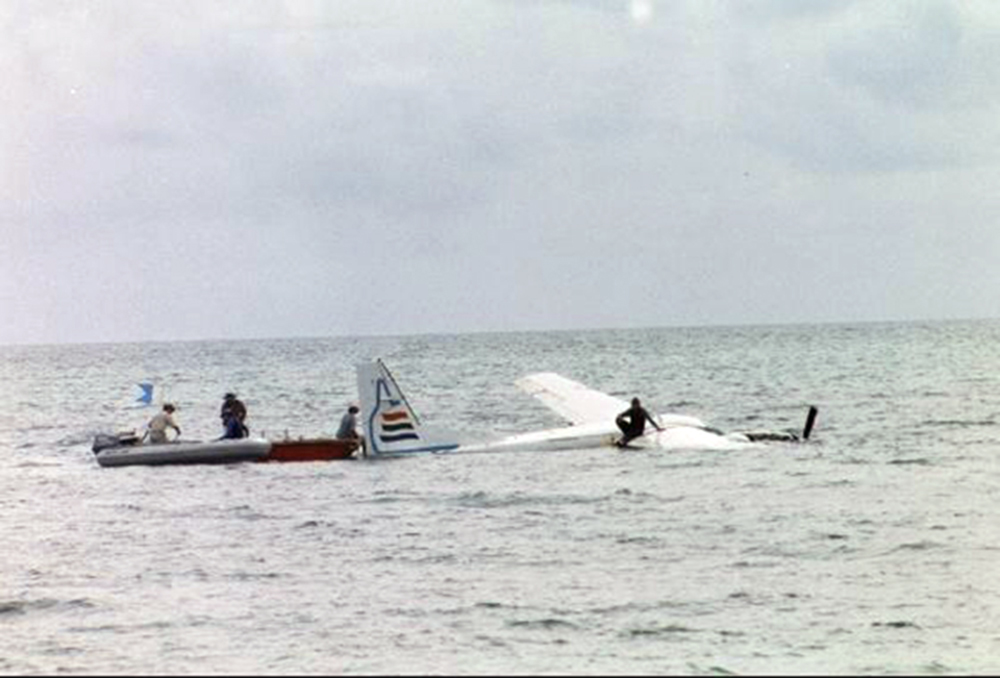Crash of a Beechcraft A90 King Air in Montpellier: 3 killed
Date & Time:
Dec 24, 2004 at 0933 LT
Registration:
F-GVRM
Survivors:
No
Schedule:
Montpellier - Montpellier
MSN:
LJ-121
YOM:
1966
Crew on board:
3
Crew fatalities:
Pax on board:
0
Pax fatalities:
Other fatalities:
Total fatalities:
3
Captain / Total hours on type:
2610.00
Copilot / Total hours on type:
6
Aircraft flight hours:
6872
Aircraft flight cycles:
6816
Circumstances:
The crew departed Montpellier-Méditerranée Airport at 0802LT for a local training flight with TRI, one TRE and one pilot under supervision. Following a touch and go on runway 31R, the instructor decided to reduce the power on the right engine and to perform a low pass over the runway. Then the aircraft turned to the left, lost height, rolled to the left and crashed in a pond located to the right of the runway. The aircraft was destroyed and all three occupants were killed.
Probable cause:
The accident was the result of the crew losing control of the aircraft after a go-around. It is likely that this was the result of inadequate management of the flight controls while performing a one engine go-around and a too late a reaction from the examiner (TRE). The examiner's recent lack of experience in instruction on BE90 and his right-front position may have contributed to the accident. No technical anomalies was found on the aircraft and the loss of control occurred at low altitude.
Final Report:
